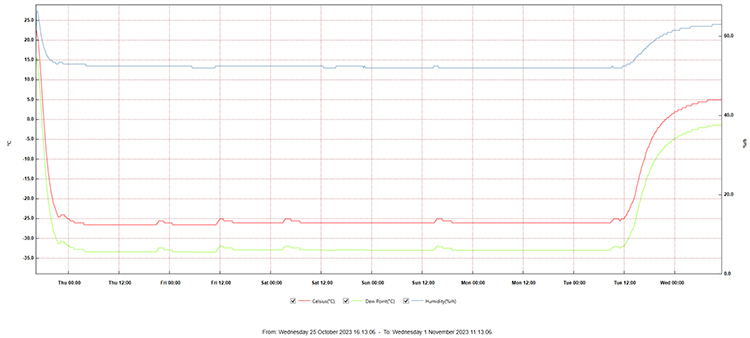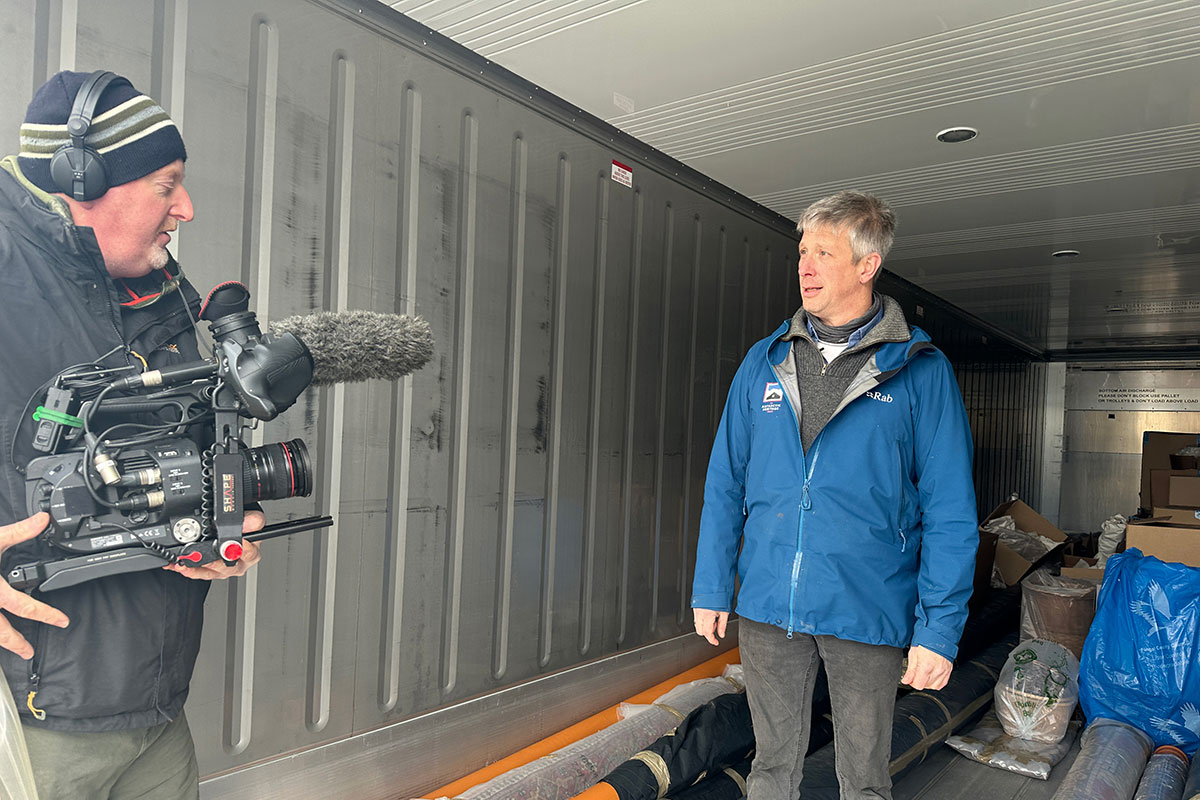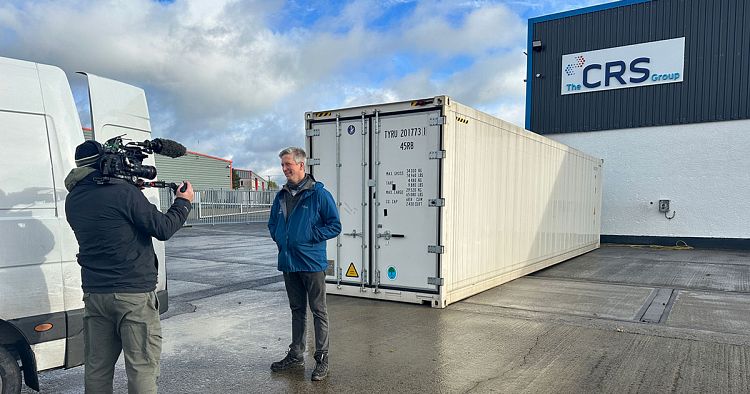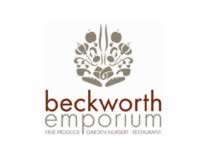Conservation Letterfrack is a specialist company dedicated to the conservation and restoration of fine furniture, objects, and historical artefacts. Over the past years, they have been employing an innovative preservation approach in collaboration with The CRS Group. At the forefront of this method is the use of our cold storage to ensure the longevity of wooden artefacts and different historical items.
Conservation Letterfrack: A Hub of Expertise in Conservation
Founded with the primary objective of providing professional services in the field of conservation and restoration, Conservation Letterfrack boasts a team of highly skilled conservator-restorers, craftspeople, and specialists. Their expertise extends to a wide range of materials, with a particular focus on wooden artefacts. The company is known for its commitment to preserving cultural heritage and maintaining the integrity of historical objects.
The Innovative Preservation Process
The collaborative project involved the utilisation of a 40ft Grade C cold storage unit provided by The CRS Group. Our unit is capable of promptly reaching a required temperature of -29 °C, which effectively eliminates adult insects and their eggs and prevents potential infestations of historic materials. The rapid temperature drop achieved within four to six hours is a crucial aspect of the preservation process.
To avoid damage from ice build-up or condensation, artefacts undergo a meticulous sealing process. They are placed in plastic using re-sealable plastic bags or polyethene plastic designed to withstand low temperatures. This careful approach ensures the preservation of artefacts during the freezing process.
Typically, low-temperature treatment for infestations involves a minimum freezing duration of 72 hours. However, many conservators opt for extended periods, with some reaching up to a week, especially when dealing with wooden objects. Generally, one longer treatment at a low enough temperature is often sufficient, eliminating the need for repeated freeze/thaw cycles.

The CRS unit successfully maintained the
necessary low temperature for a week.
The Role of The CRS Group
The CRS Group, a key partner in this preservation endeavour, is thrilled to contribute its expertise and cold storage technology to such a significant project. Our 40ft cold storage unit played an essential role in creating optimal conditions for the week-long preservation process. The excitement within The CRS Group about participating was further heightened by the presence of the 'Great Irish Interiors' film crew on-site!
Lights, Camera, Preservation!
The 'Great Irish Interiors' and Moondance Productions, known for documenting fascinating historical interior projects, have captured every moment of this innovative preservation project at Conservation Letterfrack. The collaboration between the conservation experts and The CRS Group showcases not only the technical aspects of preservation but also the intersection of modern technology and cultural heritage conservation.
Our team was very enthusiastic about this project, as it gave us a unique opportunity to contribute to the preservation of history. Having the film crew on-site adds an extra layer of excitement!

Conclusion
The cooperation between Conservation Letterfrack and The CRS Group represents a harmonious blend of traditional conservation techniques and modern cold storage solutions. The preservation of wooden items and other historical artefacts is not merely a technical process; it's a journey that intertwines expertise, innovation, and a shared passion for safeguarding our rich cultural heritage!
The CRS Group can provide temperature-controlled solutions for a wide variety of industries. Get in touch with our team!













